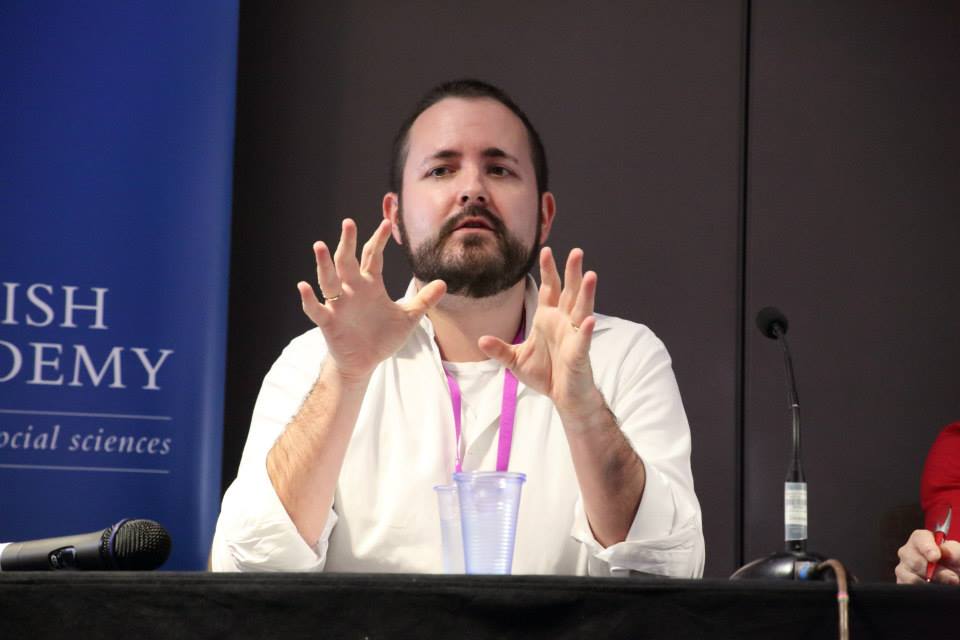Session 6: A Changing Paradigm? Contemporary Interventionism and Proxy Wars
Discussion Points:
- What characterizes contemporary interventionism?
- Which actors do you see today as the ones driving the process further?
- How will proxy warfare evolve?
- What is our responsibility – as academics, policy practitioners, and activists?
Background
As the Cold War unfolded, the term proxy war signified a regional or local conflict that turned into flashpoint confrontation between the world’s two superpowers, both having a vested interest in the victory of the side they aligned with, or helped prop up. In the second half of the 20th century, conflicts led in Korea, Vietnam and Afghanistan have all been characterized by varying degrees of proxy warfare.
With the end of the Cold War, and only one superpower left, it was thought that proxy wars have become a thing of the past. However, interventionism – now under the pretext of preventing humanitarian crisis, or great abuse of human rights – still presented a way to assert power.
Failures of conflict management efforts in former Yugoslavia and Africa led to calls for more “robust” operations, able to “enforce” peace. Humanitarian interventionism – since challenged on the grounds of original motivation – was one US Administration’s particular response to this challenge. Although no direct link or continuity may be established, the US invasion of Iraq without a UN mandate further challenged both the concept of international oversight of military intervention, as well as the idea that the international community should act in concert for an intervention to take place.
Another important aspect of post Cold War-interventionism is its reliance on the liberal model, sought through implementation of wide reaching, sweeping reforms that came to be known as liberal peace- and state building. Those who intervened and led the effort never received consent from local population, seriously affecting credibility and accountability of the mission.
Other elements of contemporary interventionism contribute to this worrying change of paradigm; a growing number of non-state actors now constitute actors in their own right, starting with NGOs, various international organizations, all the way to private military companies and contractors, working for years without oversight.
Today, two of the most obvious proxy conflicts are the ones taking place in Syria and Yemen. The dynamics at play stem from a long lasting rivalry between Iran and Saudi Arabia, two of the Middle East’s regional powers that have engaged in a regional “Cold War”. In the case of Syria, both have supported organizations and militant groups in the classic proxy fashion. Russian engagement in Syria supporting the Assad government raises questions as to the return of great power dynamics and geopolitical interests as a core motivator for military intervention – next to its presence and actions in the “post-Soviet space”. The Ukrainian crisis therefore must be understood as another example of proxy warfare. Russia’s ambition – to finally reassert itself as a global power – has made for a full circle since the unipolar world of early 1990s.
- Oliver P. Richmond, 2014, “Peace During and After the Age of Intervention”, International Peacekeeping, Vol. 21 (Issue 4), pp. 509-519
- Ramesh Thakur, The Wire, 2016, What Iraq, Syria Interventions Can Teach Us About the ‘Responsibility to Protect’
- Jeremy M. Sharp, 2017, “Yemen: Civil War and Regional Intervention”, Congressional Research Service Report 7-5700
- Philip Cunliffe & Kai Michael Kenkel, 2016, “Rising powers and intervention: contested norms and shifts in global order”, Cambridge Review of International Affairs, Vol. 29 (Issue 3), pp. 807-811
Previous BSF Sessions on the Similar Topics::
2015 – Plenary panel 3: The Crisis in Ukraine – Lessons (not) Learned from the Western Balkans
2014 – Session 7: Will the Outcome of the Ukrainian Crisis Determine a New Path for Europe and Beyond?
2013 – Special Evening Talk: Iran After Elections: International Prospects



